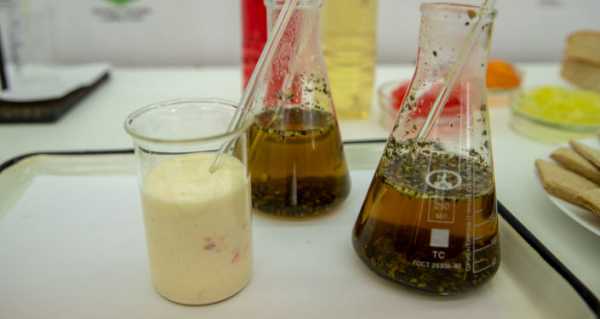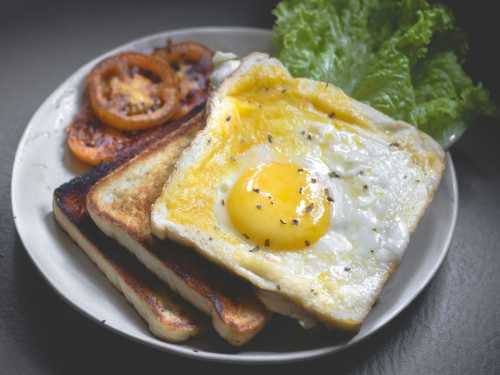
Even though the natural sweetener stevioside is known to be at least 100 times sweeter than sugar, it has no carbohydrates, calories, or artificial ingredients.
Scientists from Russia’s Siberian Federal University (SibFU) have developed technology for the efficient cultivation of stevia, which is used in production of stevioside, one of the most useful sugar substitutes.
According to SibFU researchers, using stevioside instead of sugar reduces the risk of developing diabetes and lessens the carbohydrate load on a human body.
As for stevia itself, it is well-known for its antibacterial and antifungal effects, scientists said, adding that in recent years, stevia became increasingly popular herb that is grown in greenhouses even in the Far North.
Irina Zobnina, Associate Professor of the SibFU’s Commodity Science and Goods Expertise Department, explained that SFU scientists “found the way to cultivate stevia which helps the plant accumulate not only the required volumes of biomass, but also one and a half times more stevioside”.
She was echoed by her colleague Galina Rybakova who said that scientists’ main task was to adapt stevia for cultivation in any regions of the country and prepare greenhouse technology for this process.
Researchers deliberately created stressful situations for plants, increasing the proportion of the red or blue spectrum in the lighting at different stages of the plant’s growth. Such changes are perceived by plants as a signal to change their metabolism, sort of “grow and gain weight” or “get ready for autumn.”
Stevioside ativoside is stevia’s secondary metabolite and one of the nutrients required when there is a lack of heat and light, scientists said, adding that their method aims to increase stevioside in the plant with the help of special lighting mode and blue light filters.
Sourse: sputniknews.com






